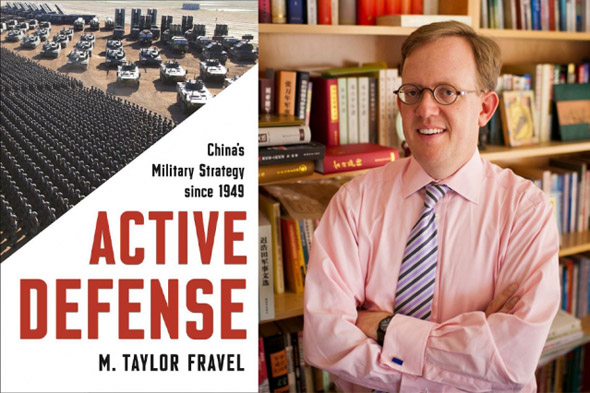The (evolving) art of war
In new book, political scientist Taylor Fravel uncovers the modern history of Chinese military strategy.

“One way to understand how great powers think about the use of military force is to examine their [formal] military strategy. In this respect, China has not been studied as thoroughly or systematically as the other great powers.”
— Taylor Fravel, professor of political science
In 1969, the Soviet Union moved troops and military equipment to its border with China, escalating tensions between the communist Cold War powers. In response, China created a new military strategy of “active defense” to repel an invading force near the border. There was just one catch: China did not actually implement its new strategy until 1980.
Which raises a question: How could China have taken a full decade before shifting its military posture in the face of an apparent threat to its existence?
“It really comes down to the politics of the Cultural Revolution,” says Taylor Fravel, a professor of political science at MIT and an expert in Chinese foreign policy and military thinking. “China was consumed with internal political upheaval.”
Indeed, Fravel believes, every major change in Chinese military strategy since 1949 — and there have been a few — has occurred in the same set of circumstances. Each time, the Chinese have recognized that global changes in warfare have occurred, but they have required political unity in Beijing to implement those changes. To understand the military thinking of one of the world’s superpowers, then, we need to understand its domestic politics.
More SHASS stories about Social Innovation
Suggested links